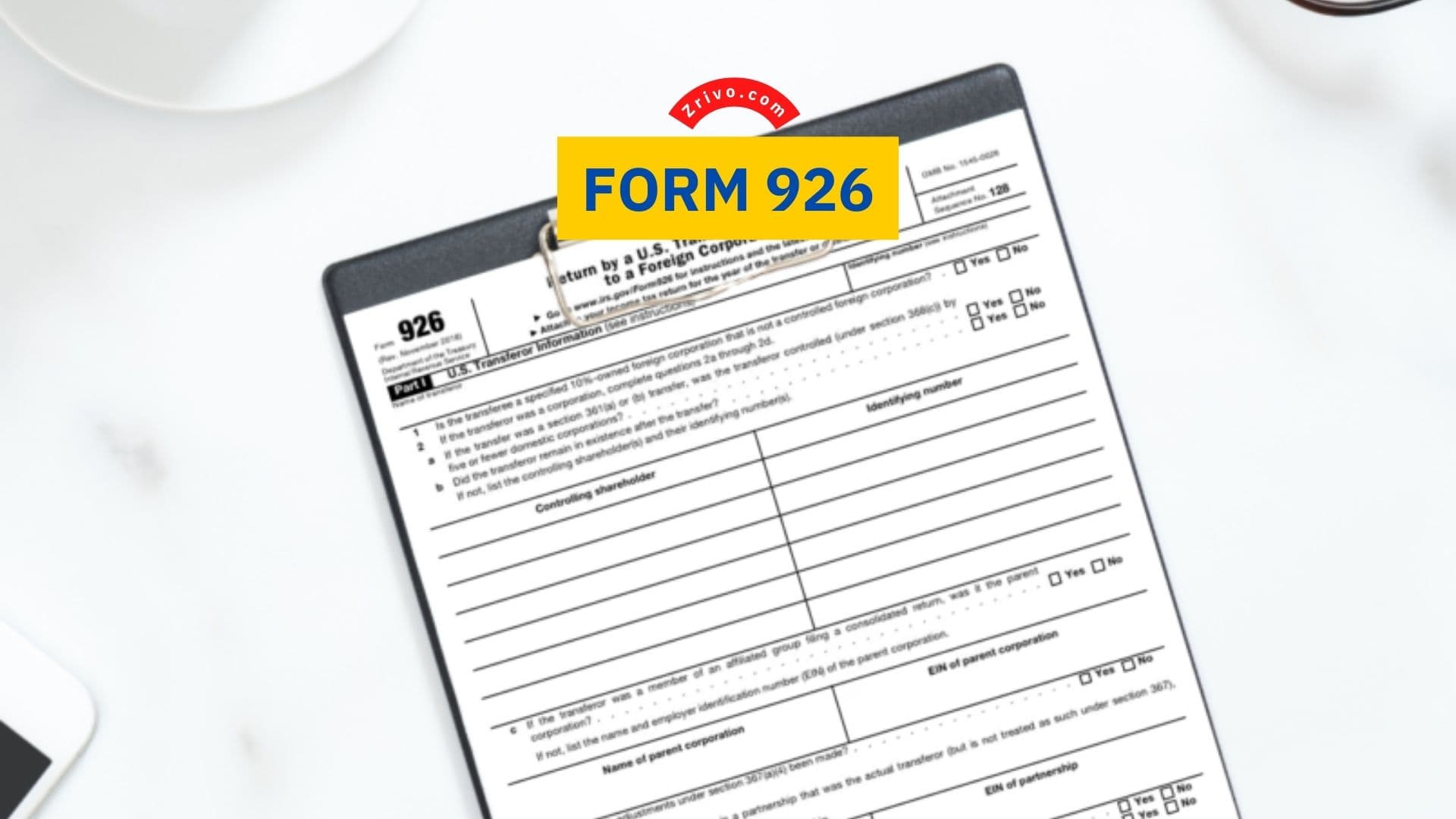
The IRS Form 926 is used to report property transfers to a foreign corporation. It is usually completed with an income tax return and must be filed by the due date. Although Form 926 is not required for all transfers to a foreign corporation, it is important to know its rules. Failure to file Form 926 can result in penalties. Depending on the amount of money transferred, the penalty can be as high as $100,000.
The IRS has made international tax enforcement its top priority. It has aggressively enforced cross-border corporate divisions and liquidations and has begun a new program to flush out taxpayers hiding assets offshore. In addition to Form 926, you will need to complete additional forms for certain types of foreign assets. These include FinCEN Form 114 and Form 5471.
What to Consider When Filing Form 926
Form 926 has some specific requirements that are necessary to ensure the integrity of the tax system. Specifically, you must file this form if you are transferring cash to a foreign corporation or if you are distributing stock to a non-U.S. citizen or corporation. You may also need to fill out other forms depending on the transaction. If you are unsure of your filing obligations, you should contact an experienced tax professional for help.
The IRS has begun aggressive enforcement of cross-border corporate reorganizations and liquidations. As a result, they have increased their resources. That means there are more people and organizations that are required to file forms to report their assets.
In particular, the Internal Revenue Service requires you to report transfers to foreign corporations. This includes both partnerships and trusts. It is important to understand how to fill out Form 926 so that you are able to comply with this requirement.
How to Fill Out Form 926?
Form 926 asks you for the details of your transfer. You must provide the following when you’re filing Form 926:
- The name of the transferee
- The type of property transferred
- The date of the transfer.
- Also, you must identify whether any intangible property was transferred.
- Finally, you must specify if you are a resident of the U.S.
Although Form 926 does not have a specific statute of limitations, the IRS does have a limit on the penalty for failure to file. This penalty is ten percent of the fair market value of the transferred property. However, this penalty can be waived if you can show reasonable cause.
While it can be confusing, the purpose of Form 926 is to help you equalize your income and tax liabilities between your U.S. income and your foreign transactions. To ensure that you are reporting all of your income and assets correctly, you must be sure to fill out this form accurately.